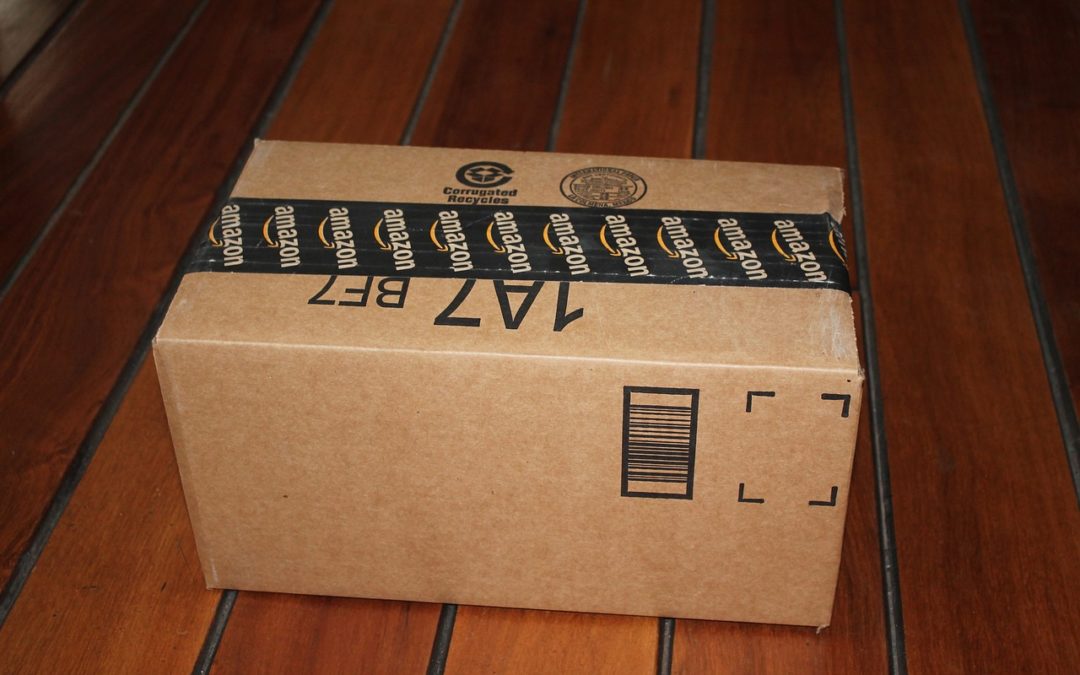I’ve been analysing business strategy and business models for many years. One of the business models that I’ve always found fascinating, is the dropshipping business model. On the surface, it appears ideal. A low barrier to entry, minimal start-up investment, low working capital, reasonable cashflow, and ideally, at the end of the day, a good profit margin.
The business model seems to have evolved from the fulfilled by Amazon (FBA) business model but means that you don’t have to invest in carrying inventory. There are several platforms that you can use to build your dropshipping store; the primary choice seems to be Shopify. Plus, there are loads of tools around that will help you find a (hopefully) profitable product, or number of products to sell. There is, of course, more to a successful dropshipping business than this. So I have invested some time in getting to know this business model in more detail.
Start-up Costs
As I have previously said, the start-up costs are low. All you need is a Shopify store, starting at $29.99 per month and an optional domain name. There are a few more optional extras (e.g. to reduce abandoned carts) and selecting a couple of these will bring your monthly costs up to around $60 or $70.
Next, you’ll need to be investing your time to find one or more products that you think will sell well. Many tools will help you do this, most of them available as monthly subscriptions. This will increase your monthly cost, but save you a load of time. Sounds good, right?
That’s what I thought, so I did a little more work. We all know that successful businesses need marketing, and the go-to marketing platform for drop shippers is Facebook. Advertising on Facebook is dead easy. It’s a powerful platform with a vast reach. Using this as a basis, I built out a financial model, and here is what I found.
The Financial Model
Let’s assume that you would like to make $1,000 in margin, a month. You sell a product with a profit margin of $10 per item (i.e. the price you sell less the cost you pay). This means you need to sell 100 items to make this profit margin. Next, taking an average of a 2.5% conversion rate (source: Shopify) – for every 100 visitors to your site, 2.5 will buy your product – means that you need to drive 4,000 visitors to your website. Another metric that is important to us is click-thru rate, i.e. the percentage of people seeing your ad that will click on it. The average click-thru rate (source: Shopify) is 0.9%, meaning that for every 1,000 times your ad is displayed (impressions), nine people will click on it. Our calculation, therefore, tells us that we need 444,444 impressions of our ad to land 4,000 visitors.
Now, the important question is, how much will Facebook charge us for this? Facebook states that, on average, 1,000 impressions cost $12.45. The next bit of maths tells us that to serve this ad 444,444 times, we’ll need to fork out $5,533. Sadly, this means a loss of $4,533!
How Do We Make Money?
This cannot be solved by selling more because you’ll just need to spend disproportionately more on advertising. How then, do you make a profit by dropshipping? Well, here are a few thoughts:
- You can sell big-ticket items, with a higher margin. So using the example above, if you can sell a product for a $55 margin, you’ll break-even
- Sellers can organically drive a large number of visitors to your website, e.g. using social media
- You can find a real winner of a product that will increase click-thru and/or conversion rates, e.g. increase your click-thru rate to 5% will have you break even
- Dropshippers are insanely great at writing ad copy or creating promotional content that will increase click-thru and/or conversion rates, e.g. if you increase your conversion rate to 14%, you’ll begin to make a profit
Realistically, any of the above points on their own especially points 3 and 4, will be difficult to achieve. My view is that successful drop shippers use a combination of the above. Like several levers that can be tested, tweaked, and optimised.
For me though, I think the real opportunity lies in selling applications and services, to the growing number of drop shippers.

